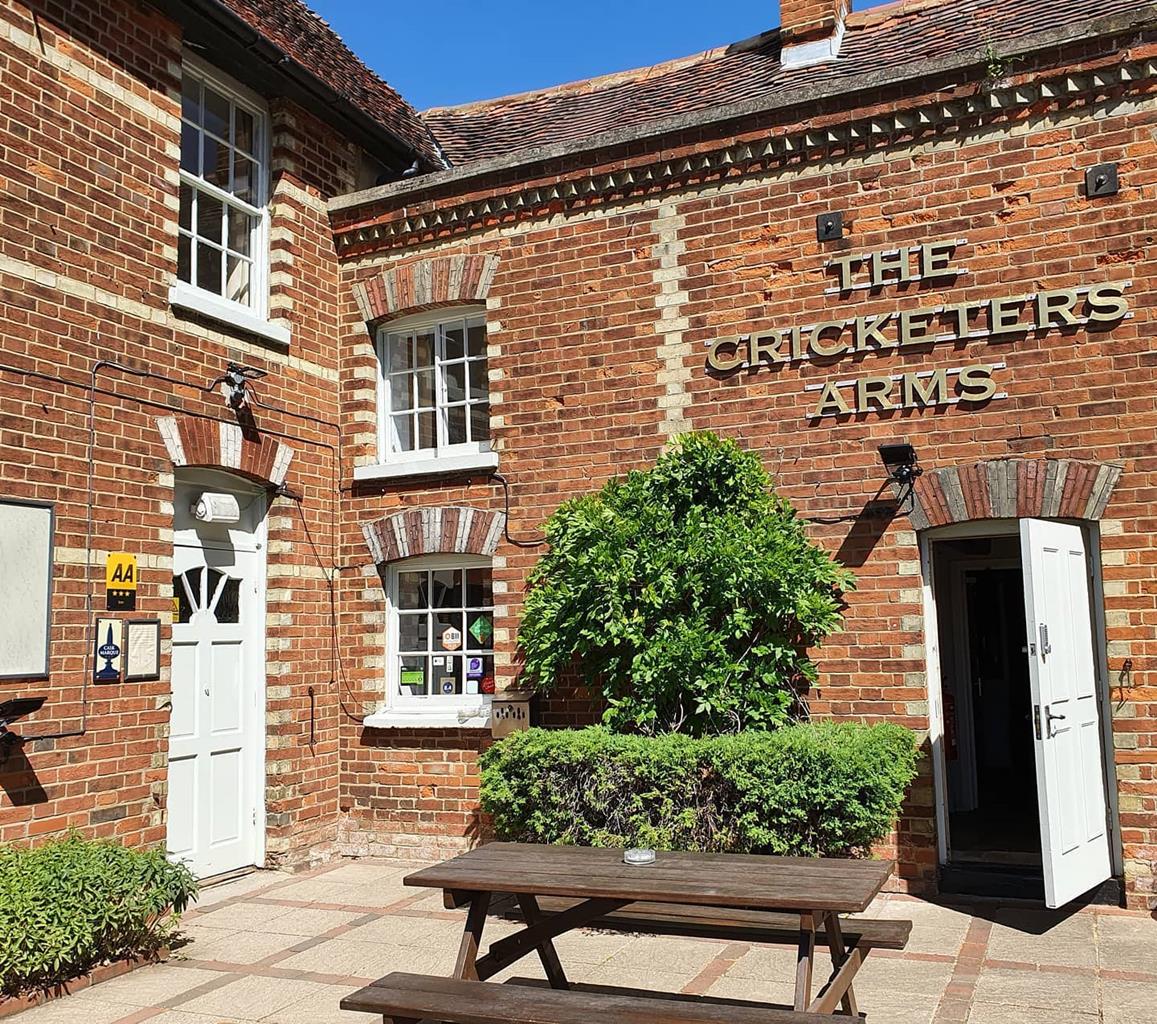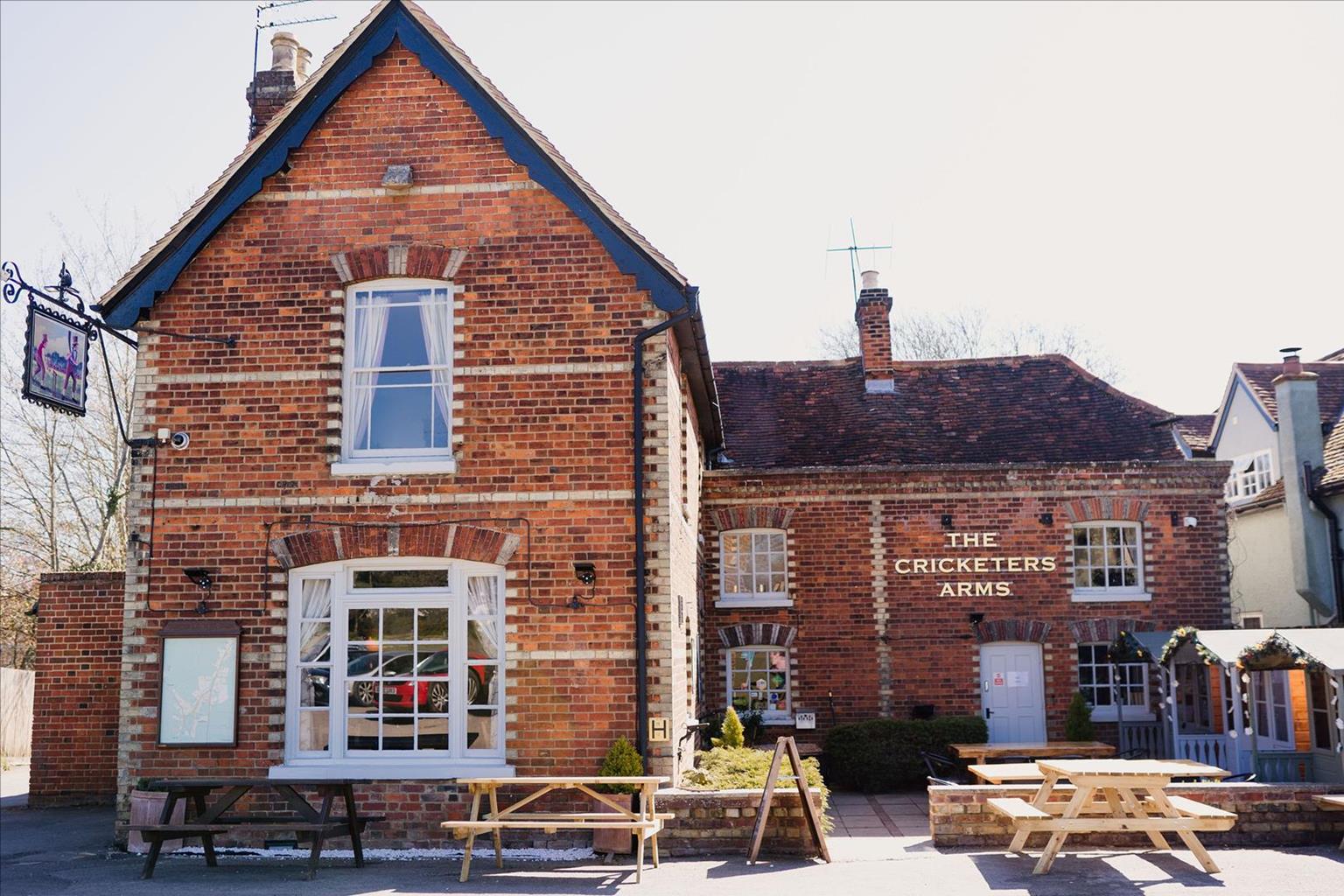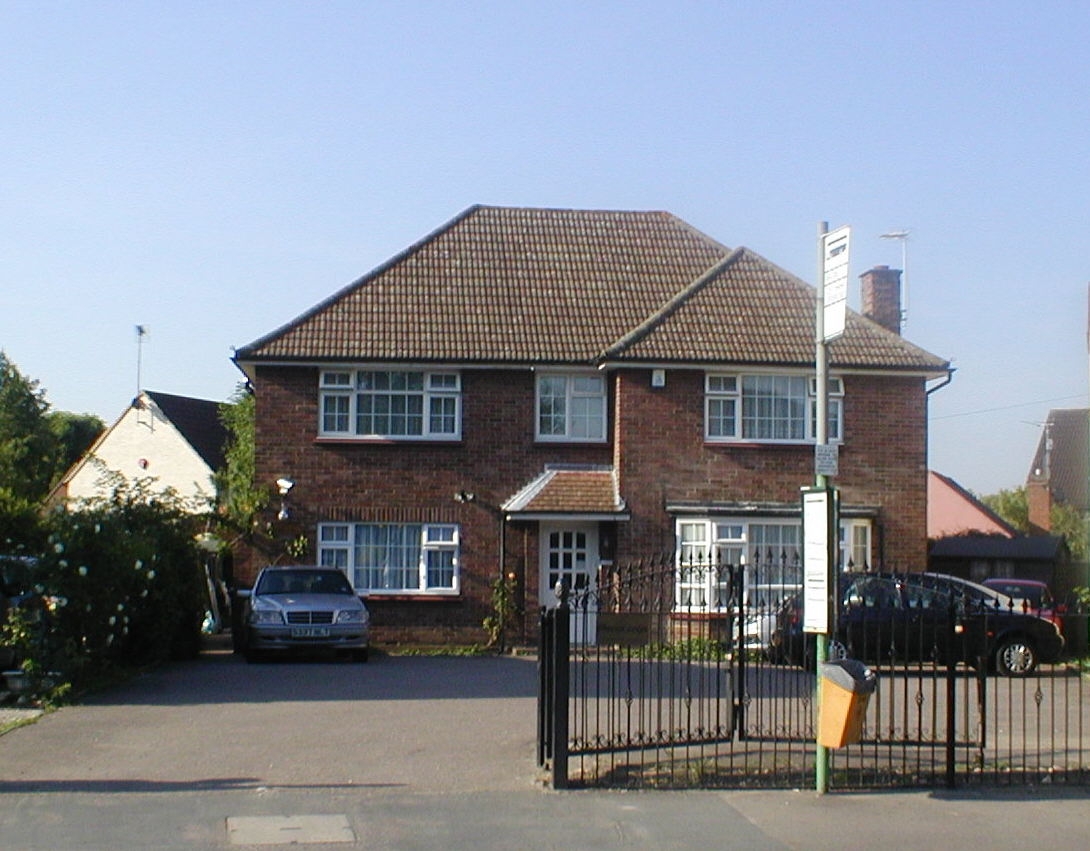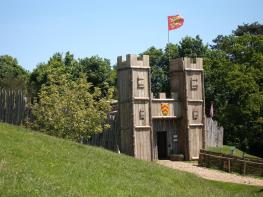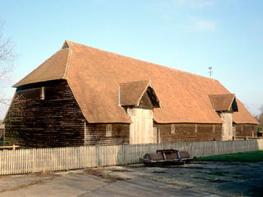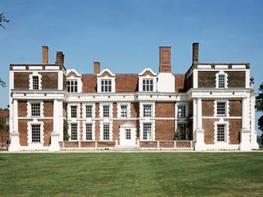This imposing country house hotel is set in 100 acres of mature grounds in a peaceful location…
Around Hatfield Broad Oak

A walk with an abundance of history and royal links
6.5 miles (10.5kms)
About the walk
Hatfield Broad Oak is a historic little place for after the Battle of Hastings in 1066 and the death of King Harold, the village and its surrounding forests fell into the hands of William the Conqueror and became known as Hatfield Regis. It became one of the largest settlements in Essex. The great monastery that was once here has long gone but the village, with its small green and listed buildings is peaceful and quaint.
Rich pickings
In 1135 a Benedictine monastery was founded by Aubrey de Vere, the Second Earl of Oxford. The Earls of Oxford were fighting noblemen and were present at most of the important battles throughout England’s turbulent history. The grounds were enclosed by a ditch and earthworks suggest it contained a dovecote, a brew-house, stables, gatehouse and a number of fishponds. It survived until the Reformation and at the time of the Dissolution, there were just four monks, the prior, and 30 servants living at the monastery. Since there were no offers to purchase the monks’ section of the building, it was dismantled and the material sold off.
Links to the Magna Carta
Inside the church is a tomb effigy of Aubrey de Vere’s son, Robert, 3rd earl of Oxford who was born in the town in 1210. You can still see how brightly it must have been in its heyday. Robert was one of the 25 barons who witnessed King John’s seal on the Magna Carta at Runnymede. His effigy wears chain mail of the type worn on the crusades and has him drawing a sword from its scabbard and holding a shield with their star emblem on its top left hand quarter, a symbol known as a mullet.
St Mary’s Church was partially destroyed by fire in the 13th century and King Henry III granted 20 oak trees from the forests of Hatfield and Writtle to help with the repairs. Today, it bears little resemblance to its former glory when it was attached to a cloister, refectory, buttery, chapter house and numerous chapels. Inside the church there are detailed drawings showing how it would have looked.
Walk directions
From the water pump at the top of Cage End turn right along the High Street past The Cock Inn and St Mary the Virgin Church. Where the road curves left at The Dukes Head pub, cross the road with care and join the footpath between houses. At the allotments, take the right fork and then keep ahead along a cross field path and cross a plank footbridge at a waymarked fingerpost. Follow the right-hand field edge path, go through the small hedge gap and continue across the next field to reach a lane.
Cross the lane and maintain direction passing to the right of Crabbs Green Farm and the lane later narrows to a track and becomes a permissible path beside paddocks. Keep ahead and go through double metal gates to another track.
Turn right along the bridleway, lined with native species including Field maple and at a concrete pumping station turn right along a narrow bridleway between reservoirs. Continue to a lane and bear right along it past Poplars Farm.
Turn right at the public footpath sign along an enclosed track that soon runs along the left edge of an arable field. After Cammas Cottage turn left along the lane and follow this all the way to Prows Farm.
Turn right at the public footpath sign to join the Three Forests Way, a well waymarked trail. After the path swings left at the end of the paddock fencing, keep ahead, ignoring paths to the right and left. Continue, initially along the left edge of a field, then an enclosed section, and then the right field edge and at a waymarker bear left to skirt Row Wood.
Go through the hedge gap and turn right, still alongside Row Wood, and a few paces after the field corner, turn right at a waymarker into trees. Go over a stile and through the hedge gap then turn right along the grassy path. After a few paces go over a stile at the corner of paddock fencing and keep ahead, beside this to reach a lane via another stile. Cross the road and bear right at the waymarker beside garden fencing.
Cross a concrete track and turn left before at a metal hangar. Initially, follow the left edge of an arable field and go through a hedge gap, then follow the right edge of the next field. Go through another hedge gap in the field corner and continue along a cross field path towards houses. Pass to the right of a wooden barrier to a lane. Turn left and at the road junction, turn right into Cage End.
Additional information
Grassy with some muddy tracks, country lanes
Open countryside, arable farmland
On a lead near paddocks, stiles not suitable for larger dogs
OS Explorer 183 Chelmsford & The Rodings
In Cage End, Hatfield Broad Oak
None on route
WALKING IN SAFETY
Read our tips to look after yourself and the environment when following this walk.
Find out more
Also in the area
About the area
Discover Essex
Essex is full of pleasant surprises. It has the largest coastline of any county in England, with its fair share of castles, royal connections and scenic valleys. Take Colchester, for example, which was built by the Romans and is Britain’s oldest recorded town. Its castle contains the country’s largest Norman keep and yet, a stone’s throw from here, East Anglia’s newest arts centre promises to put Colchester firmly on the map as Essex’s capital of culture.
Tidal estuaries are plentiful and their mudflats offer migrating birds a winter feeding place. Essex was known as the land of the East Saxons and for centuries people from all over Europe settled here, each wave leaving its own distinctive cultural and social mark on the landscape. Walking a little off the beaten track will lead you to the rural retreats of deepest Essex, while all over the county there are ancient monuments to explore:
- the great Waltham Abbey
- Greensted, thought to be the oldest wooden church in the world
- the delightful village of Pleshey has one of the finest examples of a former motte-and-bailey castle
- Hedingham Castle, magnificently preserved and dating from the 11th century.
Nearby stays
Restaurants and Pubs
Nearby experiences
Recommended things to do
Why choose Rated Trips?
Your trusted guide to rated places across the UK
The best coverage
Discover more than 15,000 professionally rated places to stay, eat and visit from across the UK and Ireland.
Quality assured
Choose a place to stay safe in the knowledge that it has been expertly assessed by trained assessors.
Plan your next trip
Search by location or the type of place you're visiting to find your next ideal holiday experience.
Travel inspiration
Read our articles, city guides and recommended things to do for inspiration. We're here to help you explore the UK.




